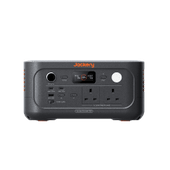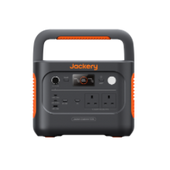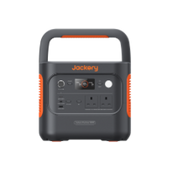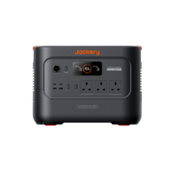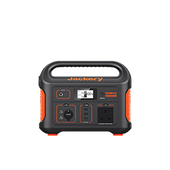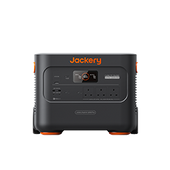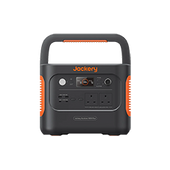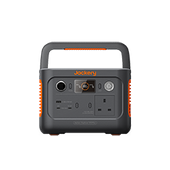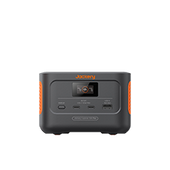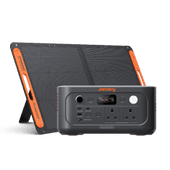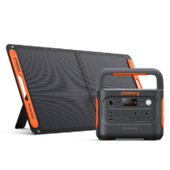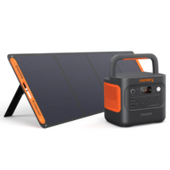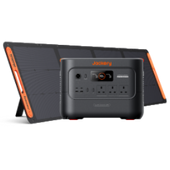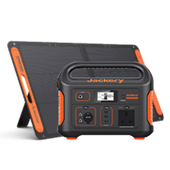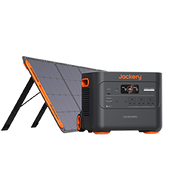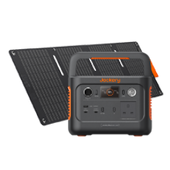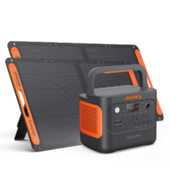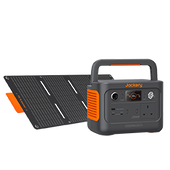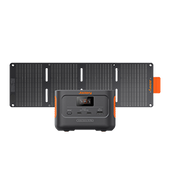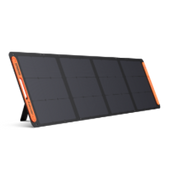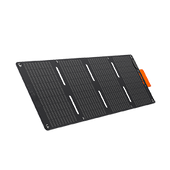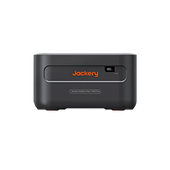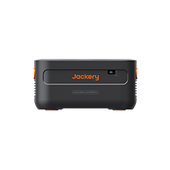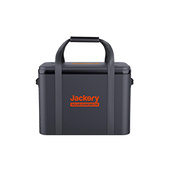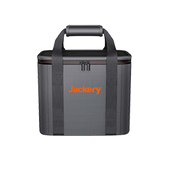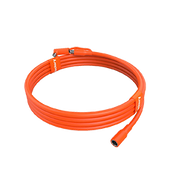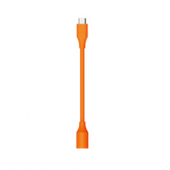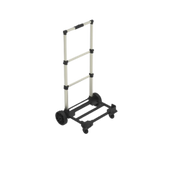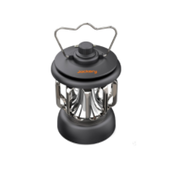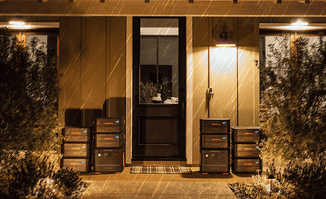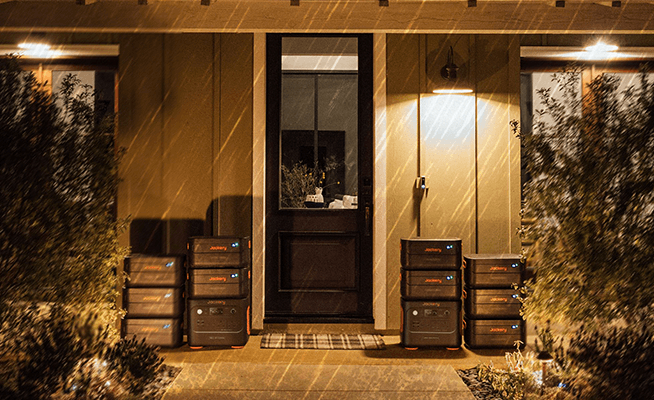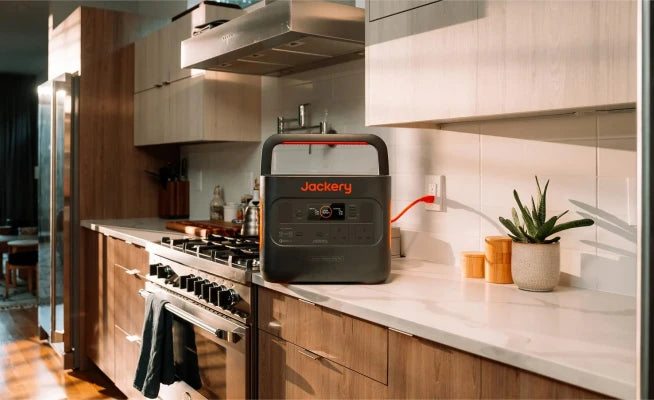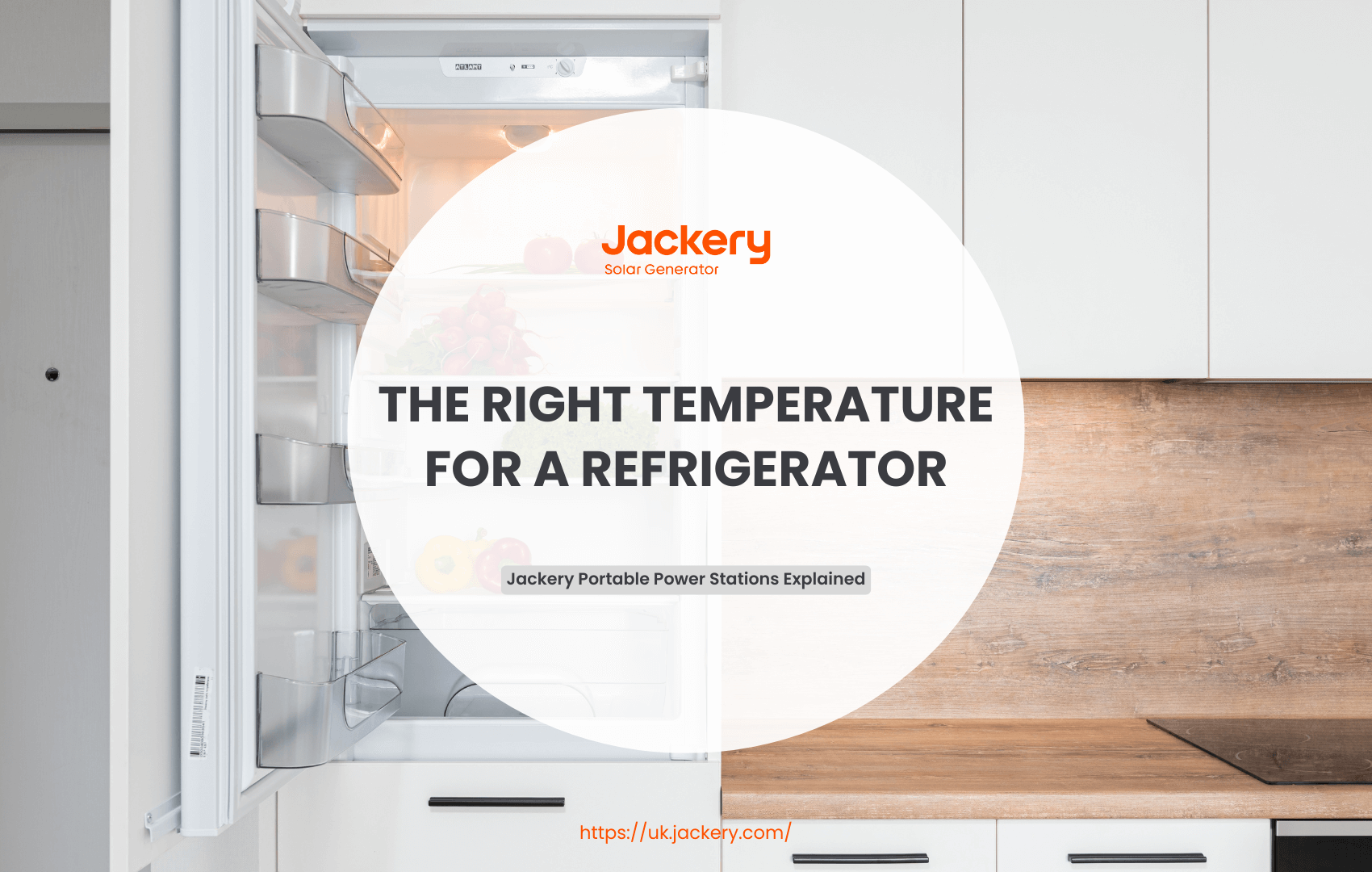UK households are grappling with escalating energy prices, driven by a combination of factors. People are seeking alternative and more sustainable energy sources such as residential PV panels and solar generators UK. This is due to the fact that the cost of solar power for homes continues to decline.
This article breaks down the costs associated with home solar power, which will empower you to make data-driven decisions. Read on!
A Breakdown of Solar Power for Home Cost
Adopting solar energy at home no longer requires a massive upfront commitment. Nowadays, the market offers two categories: on-grid installations and portable power systems. Here is a detailed look at the financial side of both options, which will help you understand the cost of solar power for your home better.
On-grid Solar PV Systems
On-grid solar PV systems are permanently installed on the roof and connected to the home’s electrical setup. They are also capable of interacting with the grid, allowing homeowners to export surplus power when not in use.
The total cost for a complete on-grid solar PV system, including installation and battery storage, typically ranges from £4,850 to £13,000, depending on system size and household energy requirements. It includes house solar panels cost, an inverter to convert DC into usable AC, a battery for energy storage (if needed), panel mounting equipment, and all required electrical wiring.
Some homeowners do not use batteries. While this means that they would need less upfront investment since solar battery storage prices can be significant, it also limits their ability to store excess solar energy to use later in the day or during times of low sunlight.
System size plays the most significant role in determining final solar power for home cost. A smaller 1.5kW system may suffice for a one-bedroom flat, while larger homes may require a 6kW system to meet higher energy demand.
On-grid solar systems also need professional installation, which increases solar power for home costs. While some suppliers bundle solar power installation costs into the overall package, separate labour charges can add between £1,000 and £2,500. Factors influencing this range include the size of the crew, the complexity of the roof layout, the need for scaffolding or roof modifications, and variations in geographic labour costs.
Professional installation ensures the system meets UK safety and compliance standards, particularly for eligibility in export schemes like the Smart Export Guarantee.
Solar panels typically require little day-to-day maintenance, but keeping the entire system running efficiently does involve some routine care. You may need to spend around £100 to £300 annually on general upkeep. It includes visual inspections, cleaning the panels to maintain efficiency, and servicing or replacing the inverter, which usually needs replacement every 10 to 15 years.
Portable Solar Generators
A portable solar generator offers a flexible alternative to traditional residential solar systems. Let's have a look at the solar power for home cost for portable power generators.
High-quality portable solar generators generally cost between £300 and £2,500, depending on their power output and brand.
A mid-range option capable of running most household appliances typically costs around £2,000. The package generally includes a built-in lithium battery, inverter, and charge controller, offering an all-in-one setup that is ready to use immediately.
Portable solar generators do not require professional installation, which saves a good amount of money upfront. These are plug-and-play units that start working right out of the box. You can simply connect the included solar panels, place them in direct sunlight, and the power station begins charging. The absence of extensive wiring, structural modifications, and professional labour makes portable systems particularly attractive for renters, campers, and those looking for supplemental power for day-to-day needs.
Ongoing costs for portable solar generators are minimal. Occasional cleaning of the solar panels ensures optimal performance. Standard battery care—like avoiding leaving it fully depleted for long periods—would help you preserve battery life. Unlike fixed systems, these generators do not require professional servicing or inspections, which significantly reduces overall solar power for home costs.
For example, the Jackery Solar Generator 2000 v2 is one of the top models of the portable solar generator. You can start using the Jackery Solar Generator 2000 v2 within a minute or two of its unboxing. All you need to do is plug in some wires as instructed in the manual, and it will start generating free electricity for you. In terms of maintenance, you won’t have to spend any money as you just need to keep the panels clean, which you can easily do yourself.

Solar Power for Home: Revenue Opportunities and Savings
A solar energy system brings numerous practical and financial advantages. Here is a breakdown of how solar power translates into cost savings and revenue generation.
1. Reduced Energy Bills
One of the most immediate advantages of using solar energy at home is the decrease in monthly electricity costs. Given the rise in UK energy prices, this benefit has become even more valuable.
For homes equipped with on-grid systems, solar panels can significantly offset daily electricity consumption. Based on average usage, these systems can reduce annual energy bills by £300 to £600, depending on household size, panel capacity, and usage patterns. Systems that include battery storage tend to maximize these savings by storing excess energy produced during the day for use during high-tariff evening hours.
Portable solar generators, while not always connected to the grid, still help lower electricity costs by powering essential devices during peak usage times. For instance, using a portable generator to run lighting, computers, small appliances, or refrigerator units during the evening reduces the household's overall draw from the grid. These savings accumulate over time and offer a practical way to mitigate energy costs.
2. Policies and Incentives
The UK offers financial incentives to encourage solar adoption, and homeowners with eligible systems can benefit directly.
The most prominent of these is the Smart Export Guarantee (SEG), which compensates homeowners who feed unused electricity back into the national grid.
Some suppliers offer export rates that go as high as 30.31p per kilowatt-hour, giving users an opportunity to increase returns. This system not only offsets the initial investment in solar equipment but also encourages broader adoption by improving the financial case for going solar.
To be eligible for SEG, installations must meet specific criteria: they must be certified through the Microgeneration Certification Scheme (MCS), be under 5 megawatts in capacity, be located in Great Britain, and have a smart meter capable of recording half-hourly export data. It is important to note that homeowners need to apply directly to a licensed SEG provider to be eligible for this scheme.
While portable solar generators do not currently qualify for SEG or similar feed-in schemes, they still benefit indirectly from government policies. For example, many portable solar products fall under the zero per cent VAT exemption, introduced to support renewable energy adoption. This relief lowers the solar power for home cost when you use a portable solar system.

Jackery Solar Generator 2000 v2 for Energy Bill Saving
For UK households aiming to balance flexibility, performance, and long-term savings, the Jackery Solar Generator 2000 v2 stands out as a reliable power solution. With a capacity of 2042Wh and a power output of 2200W, this solar generator UK supports a wide range of appliances needed in any household.
1. Durability
The Jackery Solar Generator 2000 v2 utilizes a LiFePO4 battery, which is famously known for its safety and longevity, with a lifecycle rating of up to 4000 charges. In contrast to conventional batteries, these batteries hold a steady charge over time and are designed to last for more than a decade with regular use. This means that a small investment up front will keep on serving your electricity needs for years to come.
2. Cost Savings
The Jackery Solar Generator 2000 v2 can be fully charged in around 5.5 hours using two Jackery SolarSaga 200W Solar Panels. It is entirely possible to recharge the unit daily.
Since the peak electricity rates (between 4 pm and 7 pm) in the UK can reach nearly 40p per kilowatt-hour, you might achieve a daily saving of up to £0.80, which translates into roughly £292 saving per year in peak-time electricity costs.
In addition to storing energy, the Jackery Solar Generator 2000 v2 also allows you to power devices directly during the day, helping you bypass the grid altogether for many hours. When you factor in daytime usage, annual savings may exceed £400, making the Jackery Solar Generator 2000 v2 an even more valuable tool for lowering energy bills in the long run.
3. Portability
Beyond cost savings, the Jackery Solar Generator 2000 v2 is designed for real-world usability. The inbox Jackery Explorer 2000 v2 Portable Power Station weighs just 17.5kg, which makes it one of the most compact and lightweight 2kWh power stations on the market.
4. Silent Operation
Its noise levels are extremely low, making it suitable for indoor and nighttime use. The device runs no more than 30dB in charging mode, which is comparable to the background noise in a library.
5. Safety
The Jackery Solar Generator 2000 v2 includes 62 layers of integrated protection through ChargeShield 2.0, safeguarding against overcurrent, overheating, and short circuits. It is certified by multiple international safety bodies, including TÜV, SGS, and FCC. The system also switches automatically to backup power during outages, taking just 20 milliseconds to activate. This means that you can also use it as a backup generator for home for emergency purposes. Pass-through functionality means you can keep appliances running even while the power station recharges.
Conclusion
Switching to solar power is no longer a complex or costly commitment. With rising energy prices in the UK, systems like the Jackery Solar Generator 2000 v2 offer a straightforward, efficient way to manage electricity use and lower household bills. Its fast charging, portability, and low solar power for home cost make it a strong contender not just for off-grid adventures but for everyday home use.
References
[1] https://www.fmb.org.uk/homepicks/solar-panels/cost-of-solar-panels/
[2] https://www.thetimes.com/business-money/money/article/solar-panels-uk-grants-installation-cost-x02c2cg5b
[3] https://www.thesun.co.uk/money/34583996/eon-next-time-of-use-save-money-energy-bills/

